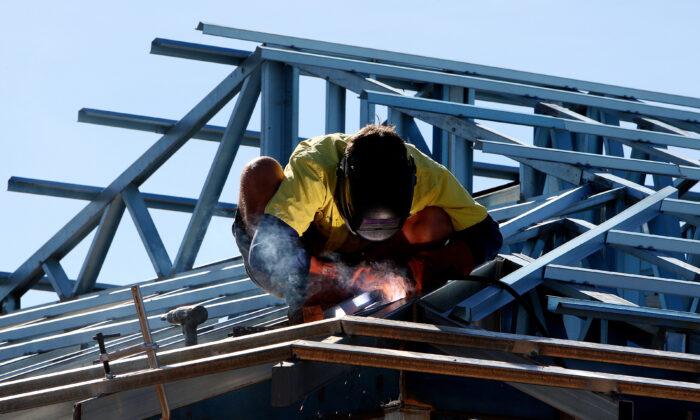Researchers from the University of New South Wales (UNSW) have found a way to convert carbon dioxide (CO2) emissions into a resource that can be used in the creation of industrial products like fuel and plastics.
“Syngas is often considered the chemical equivalent of Lego because the two building blocks—hydrogen and carbon monoxide—can be used in different ratios to make things like synthetic diesel, methanol, alcohol or plastics, which are very important industrial precursors,” Lovell said.
Lovell explained that these precursors can then be used to make “vital industrial chemicals.”
The researchers said their method is “cheaper and more scalable to the requirements of heavy industry than what is available today.”
“At the moment you generate syngas by using natural gas—so from fossil fuels,” Daiyan said.
“But we’re using waste carbon dioxide and then converting it to syngas in a ratio depending on which industry you want to use it in,” Daiyan explained.
The researchers argue that this means they can close the carbon loop in industrial processes that create harmful greenhouse gases.
“The idea is that we can take a point source of CO2, such as a coal-fired power plant, a gas power plant, or even a natural gas mine where you liberate a huge amount of pure CO2 and we can essentially retrofit this technology at the back end of these plants. Then you could capture that produced CO2 and convert it into something that is hugely valuable to industry,” said Lovell.
“Waste CO2 from say, a power plant or cement factory, can be passed through this electrolyser, and inside we have our flame-sprayed zinc oxide material in the form of an electrode. When we pass the waste CO2 in, it is processed using electricity and is released from an outlet as syngas in a mix of CO and hydrogen,” said Daiyan.
Another bonus of this method said Daiyan is that by making small adjustments to the burning process, they can determine the mix of the syngas.
“For example, a one to one ratio between the carbon monoxide and hydrogen lends itself to syngas that can be used as fuel. But a ratio of four parts carbon monoxide and one part hydrogen is suitable for the creation of plastics,” Daiyan explained.




